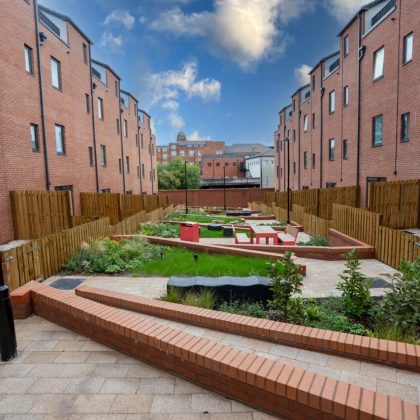If you ask business leaders in almost every industry and sector who their audiences are – their likes and dislikes, what gets them out of bed in the morning or what keeps them up at night – they would be able to tell you everything you need to know to pick them out of a line up. It’s the essential starting point for any meaningful PR and marketing strategy – who is this for, and what do they need and want.
Undoubtedly, this is even more crucial for the built environment sector. When it comes to where people live, work and connect, there’s so much more at stake.
The idea that developers preside over the communities they operate in from ‘ivory towers’ is a common misconception. So, we have to ask, why is there so often a disconnect between the real estate industry and consumers?
Whilst there are many factors that contribute to this perception issue, not least the behaviours of a few affecting the perceptions of the many, the tendency to often erase the consumer from corporate communications only exasperates the issue.
Too often the corporate and the consumer communications work in isolation, despite the fact that these audiences are plugged into the same national media. Corporate PR campaigns for the sector are often heavily focused on big picture strategy, from ESG ambitions and milestones to the economic value of development. Of course, this is all important messaging, but how does this let communities on the ground know what projects mean for them?
Intentional Integration between the corporate and the consumer communications programmes can generate more impactful positioning that closes the gap between the developer and the ‘end user’.
Regeneration is rightfully an emotive topic, particularly for those seeing their local areas transform. That’s why it’s crucial that the industry demonstrates its detailed understanding of its consumer and stakeholder audiences at every level. To do this successfully, developers and placemakers must first invest in the right research to know and understand these audiences, and keep up with the evolving wants and needs of their communities. Then, through a seamlessly blended communications approach rooted in how communities define value, businesses are better positioned to speak meaningfully about their social and economic impact at a local and macro level.



